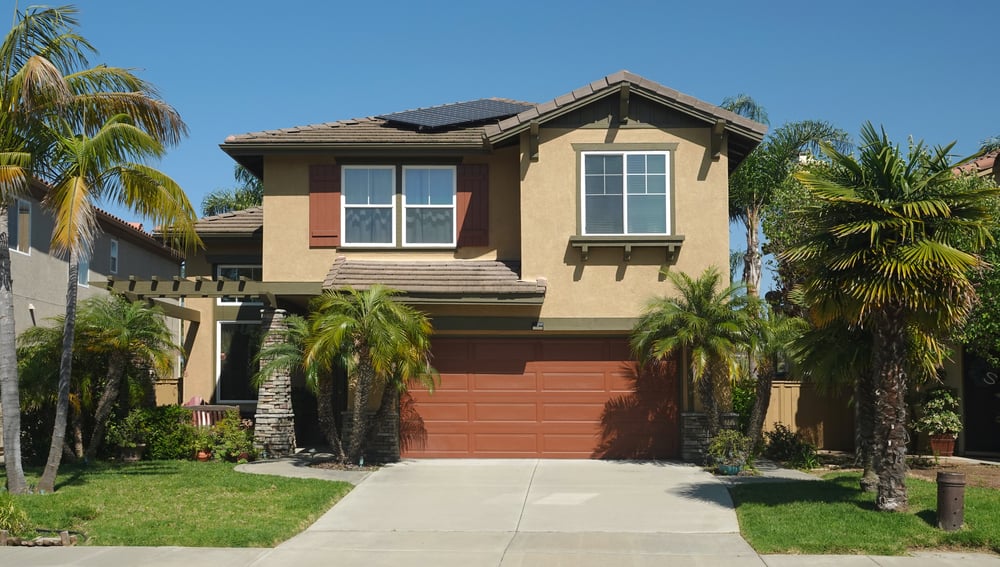
Reviewing The California Minimum Insulation Requirements for Non-residential and Multifamily Building Roofs (Low-Slope)
Energy codes and efficiency standards play a vital role in our lives, impacting the equipment we purchase, the spaces we inhabit, and the vehicles we drive. These regulations set minimum safety and efficiency criteria for new products and buildings, ultimately benefiting consumers through achievable cost savings. It is crucial that these codes and standards consider the actual savings experienced by customers.
In line with this, we've outlined California's 2022 New Building Code's minimum insulation requirements for nonresidential and multifamily building roofs with low slopes, effective starting January 1, 2023.
These roof insulation guidelines are applicable to all roof replacements and recovers, irrespective of existing insulation above or below the roof deck. The 2022 Energy Code prescribes the following minimum standards for roof modifications:
- R-17 or R-23 (depending on the climate zone) when using continuous insulation exclusively.
- U-0.042 or U-0.037 (depending on the climate zone) if the insulation combines continuous and cavity insulation. Assemblies insulated with cavity insulation must include a minimum R-10ci above the roof deck.
Two exceptions exist, each featuring essential considerations:
- Roof Recovers: In cases of roof recovers, compliance with the full R-17/23 (or U-0.037/0.042) requirements is not mandatory if at least R-10ci of new insulation is added above the roof deck.
- Equipment Curbs and Flashing Heights: Where flashing heights related to HVAC equipment curbs pose limiting factors, the maximum insulation required (up to the prescriptive requirement) or R-10ci, whichever is higher, must be installed.
